Amazon Web Services on Monday unveiled a new per-second pricing plan for EC2 instances and EBS volumes, which will take effect Oct. 2.
The new pricing for EC2 (Elastic Compute Cloud) and EBS (Elastic Block Storage) used with EC2 instances will allow greater flexibility and efficiency for customers wanting to expand their use of cloud computing data, AWS said.
When EC2 launched in 2006, the only way to pay for the service was in one-hour increments, recalled Jeff Barr, chief evangelist at AWS.
“The pay as you go model inspired our customers to think about news ways to develop, test and run applications of all types,” he said.
Nuts and Bolts
Under the new plan, usage of Linux instances that are launched in On-Demand, Reserved and Spot form will be billed in one-second increments, as will provisioned storage for EBS volumes.
AWS Batch and Amazon EMR also will be subject to per-second billing, Barr said.
Customers add capacity to their EMR clusters to get results more quickly, Barr noted. With per-second billing for the EC2 instances in the clusters, adding nodes will be more cost-effective than ever.
With regard to AWS Batch, many customers complete their batch computing jobs in less than an hour, he pointed out. AWS Batch already launches and terminates Spot Instances, which are purchased through bidding on spare computing capacity, and often are 50 percent to 90 percent cheaper than on-demand pricing.
Many customers can get the most value from EC2 by strategically choosing the most advantageous target instances when managing gaming, ad tech or 3D rendering fleets, Barr pointed out.
More Than Savings
Although saving money is an important part of the AWS billing change, it’s not the most important, according to Barr.
The change will lead to innovation, as customers will “think about compute-bound problems in new ways,” he maintained — for example, changing the method of provisioning transient environments for dev and test workloads, or improving support for continuous integration.
The per-second billing will become effective Oct. 2 in all AWS regions for all Linux instances that are newly launched or up and running, said Barr.
Per second billing will not be available running Microsoft Windows or Linux distributions with a separate hourly charge. There will be a minimum one-minute charge per instance.
List prices and Spot Market prices will continue to be listed on a per-hour basis, but billing will be calculated to the second. The same goes for Reserved Instance use.
Competitive Landscape
It is evident that AWS intends to compete aggressively to maintain its market share leadership in an increasingly crowded space for cloud services.
“That is not to say it has to have the lowest prices on everything, but at least it has to be there or thereabouts in all of the major service areas,” said John Dinsdale, chief analyst at Synergy Research Group.
The main reasons companies have been moving their data to the cloud are to gain speed, flexibility and agility, he told the E-Commerce Times.
Cloud providers don’t necessarily want price to be the main criteria for choosing a service platform, but they need to be seen as reasonably competitive with each other.
“Customers are becoming increasingly concerned about losing control of the cost of cloud computing services they are acquiring,” noted Jeff Kaplan, managing director of ThinkStrategies.
“AWS’ latest pricing enables customers to gain more precise control over their cloud computing and data storage costs,” he told the E-Commerce Times.
The new pricing regime will pressure rival services to offer comparable pricing and packaging of services, Kaplan added.
“Large clients would prefer this level of pricing to reduce costs and improve accountability,” said Jim McGregor, principal analyst at Tirias Research.
“When you spent triple digits or more on an IT resource,” he told the E-Commerce Times, “minutes or seconds can really add up.”

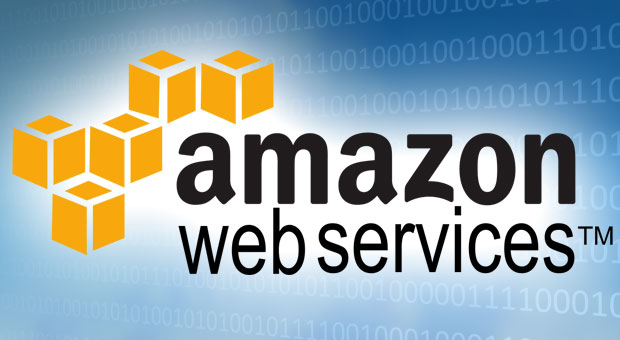
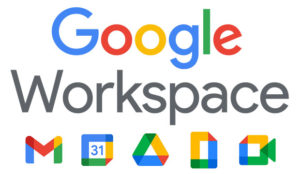
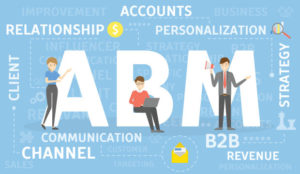

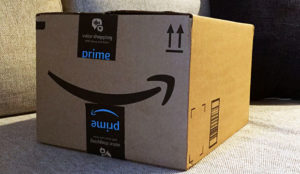




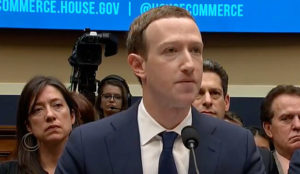


































Social Media
See all Social Media